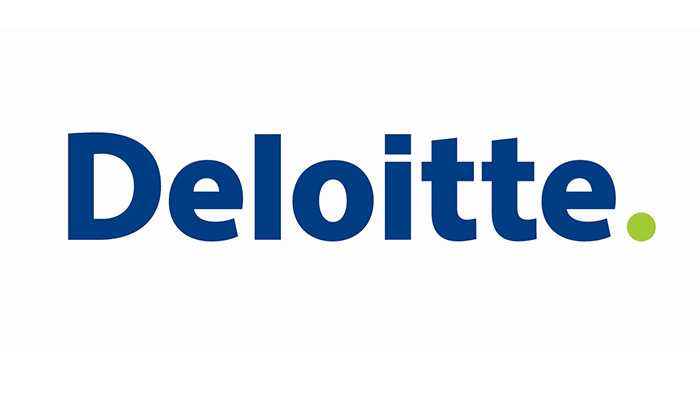
Deloitte: Retailers failing to embrace new digital trends face survival threats
Customers around the world are using digital access to tailor the way that they shop, according toDeloitte’s recent report entitled “Navigating the new digital divide”. With more shoppers – both in the developed and developing worlds – embracing cultural trends and gaining access to technology that will allow them to be ‘connected’ virtually 100 percent of the time, retailers worldwide need to advance their own offerings to fit the behaviors of this new consumer.
During the World Retail Congress (WRC), held in Dubai, Deloitte’s Chief Global Economist, Dr. Ira Kalish gave an overview of the global economy, and discussed economic and demographic fluctuations and trends witnessed in different markets and their impact on the retail sector.
“The world’s major retail markets face a mixed outlook in 2016, amid persistent economic challenges. The big issues across global markets are persistent low inflation, high level of debt in emerging markets and the slow growth of productivity in the developed world,” said Kalish.
“Recent studies by Deloitte show that we are rapidly heading toward a day where nearly all shoppers will be connected to the Internet nearly all of the time,” said James Babb, Clients and Industries leader at Deloitte in Middle East. “Digital behaviors and expectations of consumers are evolving faster than retailers are delivering on those expectations, creating a digital divide.”
The data at Deloitte reinforces the reality that retailers are underestimating – or at least under-delivering on – the consumer’s evolving desire and ability to incorporate digital into their in-store shopping journeys. The new digital divide poses a critical challenge to retailers. In order to stay relevant in today’s marketplace, retailers must understand the evolving digital needs of their customers and improve their ability to anticipate and shape the needs of tomorrow.
Deloitte has identified three important trends in this area:
· No single path toward digital adoption. While all markets are moving in the same direction, some are taking somewhat different routes to get there. Some emerging markets, for example, are entirely skipping adoption stages previously experienced by established markets.
· One digital "size" does not fit all customers. Digital behavior varies depending on personal factors, for example age, income, and product type being sought.
· Consumers are demanding better digital tools. Digital tools and channels can both extend a retailer's reach and increase revenue, but customers are currently feeling unsatisfied and underserved.
“Digital and its growing influence in the retail industry represent revenue and profitability opportunities for retail businesses around the globe,” explains Herve Ballantyne, Partner and Consumer & Industrial Products Industry leader at Deloitte in Middle East. “Digital can help retailers differentiate themselves by allowing them to understand customer better than ever, and create unique and compelling customer experiences based on this understanding. Retailers who fail to get ahead of these trends with a full range of tools that consumers will embrace could face real threats to their success, and potentially their survival.”
“The World Retail Congress 2016 being held in the Middle East for the first time bears testimony to the growing importance of the Middle East region for the retail industry. Several retail giants of the Middle East operate out of the UAE – in fact, some of them have their headquarters here – and have all of their major outlets in the various shopping malls of the country. We expect that there will be good deliberations and interactions resulting in forward-looking ideas that will emerge from this World Retail Congress,“ concluded Abbas Ali Mirza, Audit partner at Deloitte in Middle East
As top sponsors of the WRC, Deloitte also participated in the Innovation & Disruption business stream. Kasey Lobaugh, Chief Innovation Officer for the Retail & Distribution practice of Deloitte Consulting in the U.S. moderated a panel discussion on “How do you nurture your rising stars? Leadership in the age of millennial employees.”
























